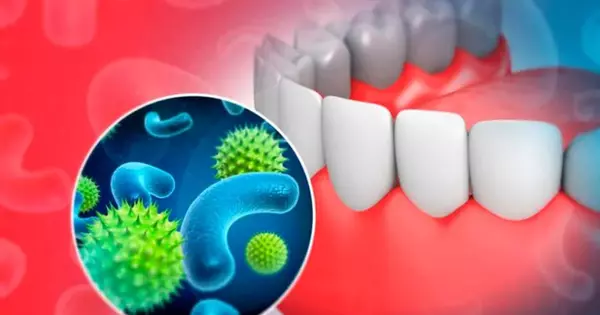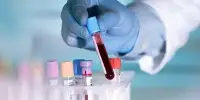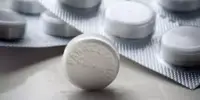Selenomonas sputigena is a key partner of Streptococcus in cavity formation, according to a large study in children. Philadelphia, PA – Researchers from the University of Pennsylvania School of Dental Medicine, the Adams School of Dentistry, and the University of North Carolina’s Gillings School of Global Public Health discovered that a bacterial species called Selenomonas sputigena can play a significant role in tooth decay.
Another bacterial species, the plaque-forming, acid-producing Streptococcus mutans, has long been thought to be the primary cause of tooth decay, also known as dental caries. The Penn Dental Medicine and UNC researchers demonstrated that S. sputigena, previously associated only with gum disease, can work as a key partner of S. mutans, greatly enhancing its cavity-making power in the study, which was published in Nature Communications.
“This was an unexpected finding that gives us new insights into the development of caries, highlights potential future targets for cavity prevention, and reveals novel mechanisms of bacterial biofilm formation that may be relevant in other clinical contexts,” study co-senior author Hyun (Michel) Koo DDS, Ph.D., a professor in the Department of Orthodontics and Divisions of Pediatrics and Community Oral Health, and Co-Director of the Center for Innovation & Precision Determination, said.
The other two co-senior authors of the study were Kimon Divaris, Ph.D., DDS, professor at UNC’s Adams School of Dentistry, and Di Wu, Ph.D., associate professor at the Adams School and at the UNC Gillings School of Global Public Health.
This was an unexpected finding that gives us new insights into the development of caries, highlights potential future targets for cavity prevention, and reveals novel mechanisms of bacterial biofilm formation that may be relevant in other clinical contexts.
Hyun Koo
“This was a perfect example of collaborative science that couldn’t have been done without the complementary expertise of many groups as well as individual investigators and trainees,” Divaris said.
Caries is the most common chronic disease in children and adults in the United States and around the world. It occurs when S. mutans and other acid-producing bacteria are not adequately removed by teeth brushing and other oral care methods, resulting in the formation of a protective biofilm, or “plaque,” on teeth. These bacteria in plaque consume sugars from drinks or food and convert them to acids. If plaque is left on the teeth for an extended period of time, the acids begin to erode the enamel, eventually resulting in cavities.
Scientists in past studies of plaque bacterial contents have identified a variety of other species in addition to S. mutans. These include species of Selenomonas, an “anaerobic,” non oxygen-requiring group of bacteria that are more commonly found beneath the gum in cases of gum disease. But the new study is the first to identify a cavity-causing role for a specific Selenomonas species.

The UNC researchers collected plaque samples from the teeth of 300 children aged 3-5 years, half of whom had caries, and analyzed the samples using a battery of advanced tests with the help of Koo’s laboratory. The tests included bacterial gene activity sequencing in the samples, analyses of the biological pathways implied by this bacterial activity, and even direct microscopic imaging. The findings were then validated on a second set of 116 plaque samples from children aged 3 to 5.
Although S. sputigena is only one of several caries-linked bacterial species in plaque, and does not cause caries on its own, the data show that it has a remarkable ability to collaborate with S. mutans to accelerate the caries process.
S. mutans has been shown to use available sugar to construct sticky structures known as glucans, which are part of the protective plaque environment. These glucans can trap S. sputigena, which has small appendages that allow it to move across surfaces, according to the researchers. S. sputigena proliferates rapidly once trapped, using its own cells to construct honeycomb-shaped “superstructures” that encase and protect S. mutans. The unexpected collaboration results in a greatly increased and concentrated production of acid, which significantly worsens caries severity, as the researchers demonstrated using animal models.
The findings, according to Koo, show a more complex microbial interaction than previously thought, and provide a better understanding of how childhood cavities develop – an understanding that could lead to better methods of cavity prevention.
“Disrupting these protective S. sputigena superstructures using specific enzymes or more precise and effective methods of tooth-brushing could be one approach,” Koo said.
The researchers intend to investigate further how this anaerobic motile bacterium enters the aerobic environment of the tooth surface.
















